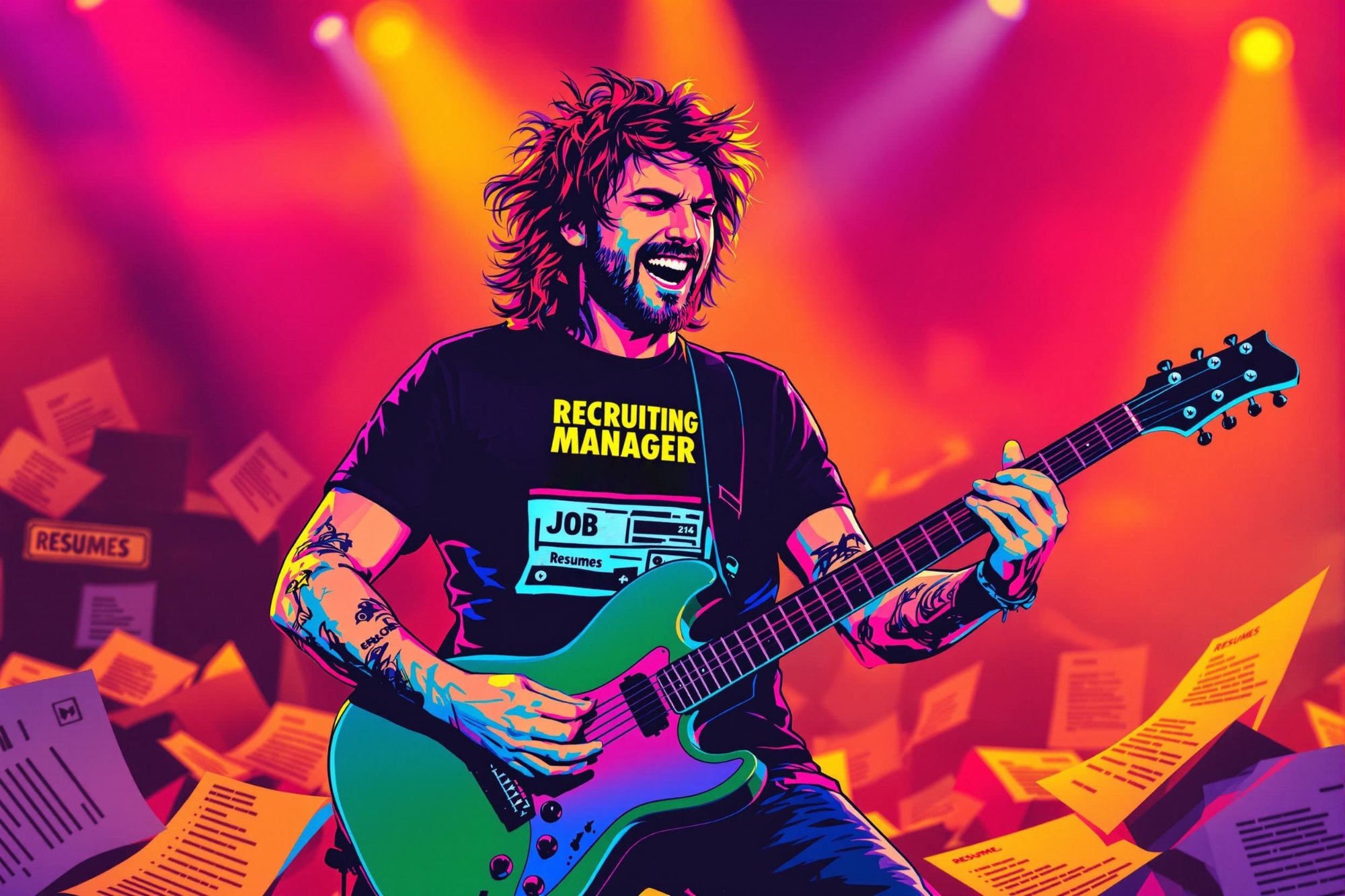
Skeletal Animation
Skeletal Animation is a common technique used in video games and animated movies to make characters move realistically. Think of it like a digital puppet system - just as a real puppet has joints and bones that help it move, game characters have virtual 'skeletons' inside them that animators can move around. This makes characters walk, run, jump, or dance smoothly without having to adjust every part of their body separately. It's similar to how stop-motion animators move action figures, but done entirely on computers. When you see this term on a resume, it means the person knows how to create or work with these digital puppet systems to bring game characters to life.
Examples in Resumes
Created character movements using Skeletal Animation techniques for mobile game characters
Optimized Skeletal Animation systems to improve game performance on console platforms
Led team of artists in implementing Skeletal Animation and Bone Animation for main character sequences
Developed Rigged Animation systems for background NPCs in open world game
Typical job title: "Character Animators"
Also try searching for:
Where to Find Character Animators
Online Communities
Job Boards
Events & Conferences
Professional Networks
Example Interview Questions
Senior Level Questions
Q: How would you manage a team working on character animations for multiple platforms with different performance requirements?
Expected Answer: Should discuss experience in leading animation teams, optimizing animations for different platforms (mobile vs console), and maintaining quality while meeting technical constraints.
Q: Tell me about a challenging animation problem you solved in a previous project.
Expected Answer: Should demonstrate leadership in solving complex animation issues, like fixing character movement problems or improving animation system performance across multiple characters.
Mid Level Questions
Q: How do you ensure smooth transitions between different character animations?
Expected Answer: Should explain how they handle animation blending, movement transitions, and maintaining natural-looking character motion without awkward jumps or pauses.
Q: What's your process for optimizing animation performance in games?
Expected Answer: Should discuss methods for making animations run smoothly while using less computer resources, like simplifying movements or using animation compression techniques.
Junior Level Questions
Q: Can you explain the basic concept of skeletal animation?
Expected Answer: Should be able to explain in simple terms how digital bones and joints work together to move game characters, similar to how a puppet's joints work.
Q: What tools have you used for creating character animations?
Expected Answer: Should mention experience with common animation software and basic understanding of how to create simple character movements.
Experience Level Indicators
Junior (0-2 years)
- Basic character movement creation
- Simple animation transitions
- Understanding of animation principles
- Familiarity with animation software
Mid (2-5 years)
- Complex character animations
- Animation optimization techniques
- Multiple character interaction animations
- Animation system troubleshooting
Senior (5+ years)
- Advanced animation system design
- Team leadership and mentoring
- Cross-platform animation optimization
- Complex animation problem solving
Red Flags to Watch For
- No demo reel or portfolio showing animation work
- Lack of knowledge about basic animation principles
- No experience with game engine animation systems
- Unable to explain how to create smooth character movements
Related Terms
Need more hiring wisdom? Check these out...

Unlock Hidden Talent: How Internal Rotation Programs Spark Career Exploration and Boost Retention

Digital Apprenticeships: Crafting the Future Workforce Pipeline

When Job Ads Dance: Why Your Next Hire Might Come From a 20-Second TikTok

